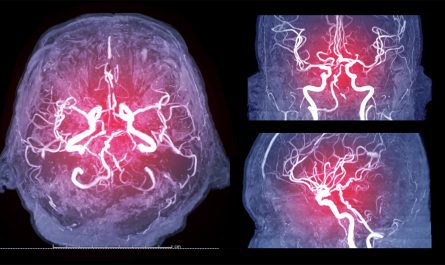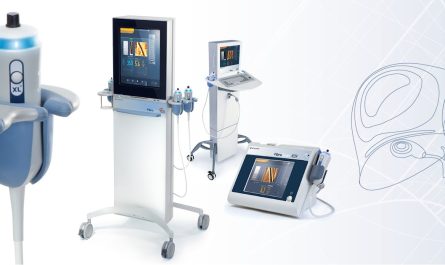
Intracranial pressure (ICP) monitoring devices are medical tools used to continuously measure the pressure inside the skull and brain. Elevated ICP can be caused by traumatic brain injuries, brain tumors, hemorrhages, and other conditions. Precisely tracking ICP levels helps guide treatment and management of potentially life-threatening increases in pressure.
Types of ICP Monitoring Systems
There are a few main types of systems used for ICP monitoring:
External Ventricular Drainage (EVD) Catheters: EVD catheters are thin tubes placed directly into the brain’s ventricular system. They allow for both drainage of cerebrospinal fluid (CSF) and continuous ICP measurement via an external transducer and monitor. EVD placement requires a surgical procedure for catheter insertion.
Intraparenchymal ICP Monitors: Also calledICP bolt monitors, these involve the implantation of a small ICP sensor directly into the brain tissue. The sensor transmits pressure readings wirelessly to an external monitor. Intraparenchymal monitors provide a minimally invasive monitoring option.
Subdural ICP Monitoring Devices: Subdural monitors have a strain gauge sensor that is placed between the dura mater membrane and the brain surface during a surgical procedure. This allows for direct measurement of subdural pressure.
Non-Invasive ICP Monitoring Methods: Newer device types aim to measure intracranial compliance and elastance non-invasively. These include tests of ocular pulse amplitude, tympanic membrane displacement, and ultrasound measurements of optic nerve sheath diameter. However, invasive monitors remain the gold standard.
Understanding ICP Waveforms
When analyzing data from intracranial pressure monitoring devices, clinicians pay close attention to both pressure values and waveform patterns. Normal ICP should maintain a range between 5-15 mmHg with smooth waveform profiles. Abnormal readings may indicate underlying pathology:
– Increased Mean Pressure: Sustained pressure above 20 mmHg suggests raised ICP that requires treatment.
– “Plateau” Waves: These large, slowly rising waves appear as elevated baseline ICP with sudden peaks over 40 mmHg. They indicate severe loss of pressure autoregulation.
– “B” Waves: Small oscillating waves of around 10 mmHg may signal mild loss of autoregulation.
– Pulsating Traces: Exaggerated arterial pulse pressure waves in the ICP tracing point to possible cerebral blood vessel issues.
The Role of ICP Monitoring in Clinical Care
ICP monitoring gives clinicians valuable insights into intracranial conditions that would otherwise be impossible to detect or fully understand. Here are some of its main clinical roles:
– Guiding Acute TBI Management: Timely reversal of elevated ICP via treatments like hyperventilation, sedation, osmotherapy is crucial to prevent secondary brain injury after trauma.
– Assessing Surgical Needs: Monitoring identifies if increased pressure is due to mass effect from hematomas, edema, or tumors that may require decompressive craniectomy or shunt placement.
– Predicting Outcomes: ICP values and patterns correlate strongly with patient prognosis, functional outcomes, and risk of mortality post-injury.
– Optimization of CPP: Maintaining cerebral perfusion pressure (CPP=MAP-ICP) above 70 mmHg is linked to better outcomes. ICP/CPP-targeted therapies individualize care.
– Research & Development: Characterization of normal and abnormal ICP profiles advances understanding of neurocritical illnesses and aids evaluation of new treatment strategies.
Ongoing Advances in Monitoring Technology
The field continues progressing towards less invasive methods, compact portable intracranial pressure monitoring devices, and new diagnostic applications. Some developments include:
– Fiber optic ICP sensors offer a small size for pediatric use and ability to combine measurements with other parameters like cerebral blood flow.
– Novel implantable intracranial monitors may someday replace bulky external transducers and leads currently needed.
– Integration with brain tissue oxygen, microdialysis and other multimodal neuromonitoring modalities creates potential for highly informative combined datasets.
– Machine learning applications may eventually facilitate automated analysis of complex ICP waveforms to assist diagnosis and management decisions at the bedside.
In summary, intracranial pressure monitoring devices provide crucial information that guides optimized treatment of lifethreatening conditions of increased intracranial pressure. Further technological and application-based advances promise to strengthen their utility for healthcare professionals and improve outcomes for patients with traumatic brain injuries, cerebral swelling disorders and other neurocritical illnesses. Continuous ICP assessment remains a cornerstone assessment tool in neurointensive care.



